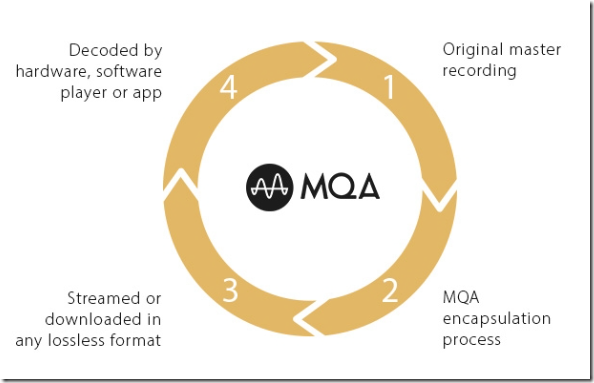Peter Hook, known as Hooky, played bass for Joy Division and then New Order – though he is no longer with New Order, having fallen out with guitarist Bernard Sumner (also ex Joy Division) in early 2007.
Hook’s first book, called The Hacienda: how not to run a club, was published in 2010 but I paid no attention at the time, nor to its successors Unknown Pleasures and Substance. Leafing through the Hacienda book earlier this year though, I discovered that Hook is an excellent writer, with a disarming to-the-point style and deadpan humour. He is also, it seems, ruthlessly honest in his recollections; maybe there are some embellishments, or maybe he tells it just as it happens, but either way he neither holds back nor wallows in the excesses of the rock ‘n’ roll lifestyle, just narrates it.
I resolved to do some reading over the break and have just finished his Joy Division book. It is at once illuminating, entertaining and moving. I love the prologue:
Normally I don’t include any other people in my writing. Everyone remembers the same things completely differently.
The central character in this book is not Hooky, but rather Ian Curtis, the lyricist and singer in Joy Division. In fact, as you finish the book, you realise that Hooky has kept his own personal life, such as his relationship with Iris with whom he stayed for 10 years, largely hidden from view. The Hooky self-described in the book is a lad and a japer who gets lucky with his distinctive bass playing almost by accident. Curtis on the other hand is an intellectual and a poet, though when off-stage with the band he adopts a laddish persona which is at odds with how he behaves with his wife Debbie or his mistress Annik Honoré. Maintaining these different personalities was a source of huge stress, especially since Curtis was an epileptic and not physically robust.
During the recording of the second and last Joy Division album, Closer, and just a couple of months before Curtis took his own life, the band stayed in two adjacent London flats. In one were Hooky, Sumner and drummer Stephen Morris, and in the other Curtis with girlfriend Honoré. As Hooky tells is, the band did the usual rock lifestyle focused on drink, drugs girls and recording sessions, while Curtis and Honoré would go out to art galleries and museums. The separate flats and lifestyle seem symbolic of the differences between Curtis and his band. Though that did not stop the other band members disassembling and removing their bed one night as a jape, causing Curtis to “go mental, absolutely mental”.
This and other accounts of high jinks on the road now seem deeply insensitive, considering the state of Curtis’s physical and mental health, a fact which Hook openly acknowledges.
I feel terrible about it now of course. Now I’m older and wiser, and now I’ve looked at his lyrics and worked out what a tortured soul he was. We should have left him alone to have his love affair but we didn’t because he wasn’t tragic Ian the genius then. He was just our mate and that’s what you did with your mates up north, you ripped the piss out of them.
This remark touches on another thing: that Hook says little about the content of Curtis’s lyrics and apparently took little notice of them at the time. He experienced the songs viscerally without troubling much about the meaning of the words.
The consequence is that this book says little about what Curtis was trying to communicate through the music and lyrics of Joy Division. Hook presents track-by-track descriptions of Unknown Pleasures and Closer but focuses largely on the instruments, song structure and produce Martin Hannett’s effects.
A notable feature of Joy Division’s short life is that the band never had much money. There is even a suggestion that when the band was achieving considerable success, Factory Records and band manager Rob Gretton were happy to keep the band poor on the grounds that the music was better that way. So we get accounts of travelling down the motorway in old vans that hardly worked, sleeping on tour in dormitories and brothels (if the hotel says your room will not be available until 1.00am you should worry), and making do with dodgy instruments and amplification. There is an illustration showing Joy Division’s accounts in 1980 and 1981: the band made far more money after Curtis died than it ever did before.
If you like Joy Division (and I personally find the band utterly compelling) then you will enjoy this book, even though it is not, and does not pretend to be, the last word. If you wonder what the UK’s punk movement was like at the sharp end, you should read this book (hint: it was not glamorous). Then put on some Joy Division and reflect on how amazing and accidental it is that this music exists, with all its emotional power; and how it is so unlike the music of New Order, fine though that is in its own right.























